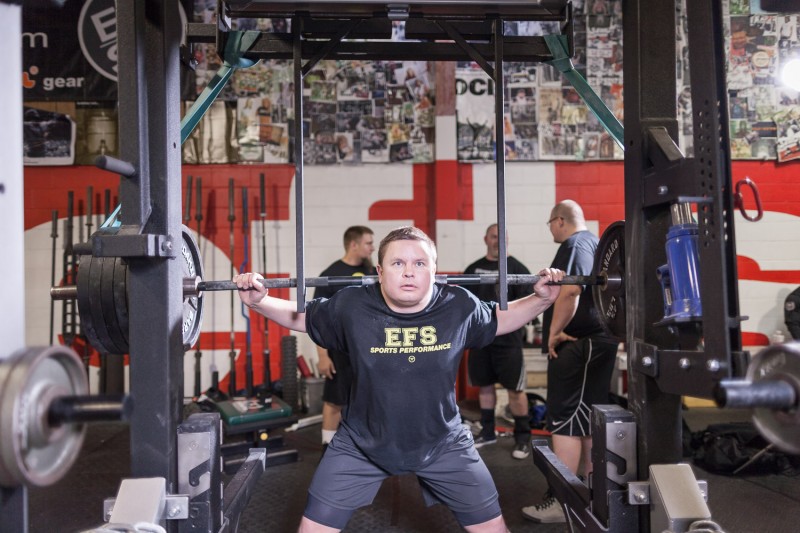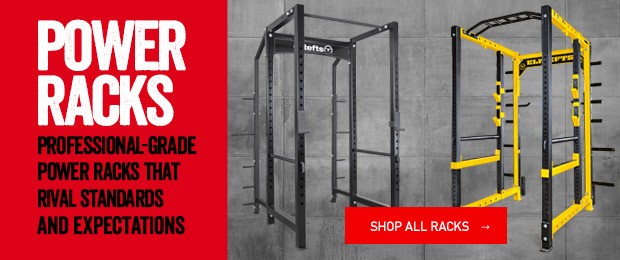
As many of you know, the main purpose of all strength athletes is to gain strength in the purest of terms on an annual basis of a competitive year. In the “dark ages” of strength training, and especially powerlifting, training insight was very difficult come by. The aspiring athlete needed to either be blessed by having direct access to a training facility that housed a plethora of successful competitive powerlifters, or subscribe to the now defunct POWERLIFTING USA magazine circulation, that would occasionally contain sample training templates of successful athletes at that time.
Fast forward a few decades and we see that there is now an abundance of access to content that an aspiring athlete can feast upon. This content allows athletes to gain infinite amounts of knowledge from more experienced lifters who believe they are the next great programmer or trainer (whatever those individual validations may be). But the questions that need to be posed are as follows: Do these individuals have credibility in their sport of expertise? Will any if these individual methods allow an aspire athlete—or for that matter, other strength professionals—to be educated in a way that may foster innovative insight to help them in their endeavors? Will these methods or trainers enable athletes to utilize these methods to not only gain strength, but also improve upon strength deficiencies over time?
A while back I wrote a statement on social media stating the need for athletic trainers and training programmers to recognize the importance of understanding micro/mesocycling and the importance of need-based training protocols. More recently I was asked how I personally plan my training to invoke steady progress. These two thoughts are the driving force behind this article series.
Over time I have realized that a lot of the content available to the athlete is something I would like to call a, “get rich quick scheme.” These are cookie-cutter by premise and are similar to telling the local gym bro how to gain 20 pounds on his bench press instantly. They are the kinds of advertisements that say, “Hey, follow my program and I’ll add 100 pounds to your total.”
I have two goals for this article series: 1) to provide a brief but detailed overview of some yearly training goals, and 2) to educate aspiring athletes of the ideals to keep in mind as their programming evolves in accordance to their improvement of strength qualities and sport achievement.
One of the greatest mysteries of strength sport, and more specifically to power sports such as powerlifting, is the ability to ensure yearly competitive success. For programmers and strength enthusiast alike, the questions that need to be reviewed are as follows:
- The athletic goals for competition of the athlete(s) under their tutelage
- The prestige or priority of multiple competitions within the calendar year
- The major validations of measurable success over the course of the calendar year.
In most competitive sports, there are one or more competitions that are of higher credibility than others; hence it would be of greater priority for the athlete(s) to perform to the highest standard at such competitions.
Therefore, when athletes and coaches evaluate the progress of an athlete's success from year to year, the training protocol needs to be reflective of such evaluations. When we start to analyze the properties of need-based training, that is when as athletes, programmers, and coaches we truly can start to evolve and grow in individual prowess. I believe that the best way to program an athlete throughout the year is by using an extremely simplistic approach. The approach is very basic: to end the calendar year with better strength qualities with increased training capabilities and strength measurables.
In understanding the original premise of this article, it is important to slowly examine the different aspects of a successful training period before and after a competitive event. There is this belief in many strength programming circles that variations of medium to medium-high relative intensity variations of periodized training schemes are the most successful methods to train the strength athlete. I am not one to say that this is not true. However, that belief is highly dependent on the work output and loading capabilities of the individual being trained, as well as the athlete’s experience in strength training for sport. Once again, this stresses the importance of need.
Additionally, if one examines the construction of most of the more notarized theories and “templates” of highly accredited programmers of this current era in strength sport training, it is very apparent that most training schemes have a start, middle, and end; with most of the aforementioned distinctions consisting of three to five weeks intervals. In the broadest of terms, this is a working model of a mesocycle. Mesocycles consisting of three to five weeks can be of periodic, concurrent, linear, or sub/near maximal of nature. The art of ensuring year long successive training from mesocycle to repetitive mesocycle lies in the coach/programmers abilities to know when and where to allow for strength adaptation and recovery to occur.
This specific yet brief introduction into the aspects of training for yearly successive training will continue to deeper examine the properties and outline a few examples that I believe will help the reading audience understand how to create appropriate cycling for predictive and steady gains of strength qualities.












My favorite quote:
"I believe that the best way to program an athlete throughout the year is by using an extremely simplistic approach. The approach is very basic: to end the calendar year with better strength qualities with increased training capabilities and strength measurables."